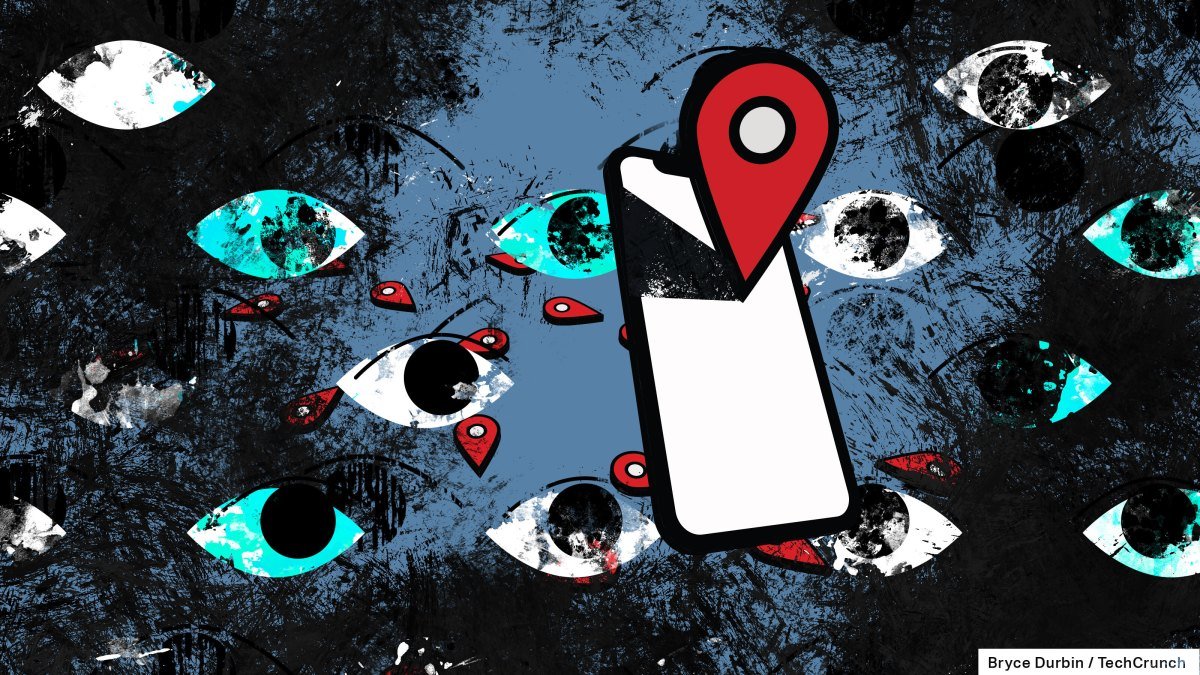Worried that your Android phone may be harboring stalkerware? It’s a growing problem for Android users as consumer-grade spyware apps continue to covertly monitor private messages, photos, phone calls, and even real-time location.
Remove Common Consumer-Grade Spyware
In order to protect yourself, here’s our guide to identifying and removing common surveillance apps from your Android phone, with a focus on apps like TheTruthSpy and KidsGuard.
Exclusive Investigation: The Dark Side of Spyware
If you need more convincing, just read our exclusive report on TheTruthSpy’s shady tactics and how it rakes in millions through fake passports and real bank accounts.
It’s important to note that these spyware apps are often disguised as child monitoring or family-tracking software, but are commonly referred to as “stalkerware” and “spouseware” due to their ability to covertly track and monitor partners or spouses without their consent. What’s more, these apps are typically downloaded from outside of Google Play’s app store, installed without a user’s permission, and are designed to evade detection by disappearing from the home screen.
To accomplish this, stalkerware apps exploit built-in Android features that are usually utilized by companies to remotely manage their employees’ work phones or take advantage of Android’s accessibility mode to spy on someone’s device.
So, how can you tell if your phone has stalkerware?
Look Out for Suspicious Activity
You may notice your phone behaving abnormally, such as running warmer or slower than usual, or using excessive amounts of network data even when not in use. These are all potential signs that your device has been compromised.
Safety First
Before you dive into removing the spyware, make sure you have a safety plan in place and seek support from trusted sources if needed. Keep in mind that removing the spyware could potentially alert the person who installed it, putting you in a dangerous situation. For guidance and resources, check out the Coalition Against Stalkerware.
Please note that this guide is meant to help identify and remove spyware apps, but it does not delete any data that may have already been collected and uploaded to their servers. Also, keep in mind that menu options may vary slightly on different versions of Android. As with any advice, proceed at your own risk.
Check Your Google Play Protect Settings
One of the best ways to protect against malicious Android apps is by enabling Google Play Protect, which screens apps downloaded from Google’s app store and other sources for potential threats. However, this protection is disabled when Play Protect is turned off. To ensure that it’s working and scanning for malicious apps, head to the Play Store app settings.
If you haven’t already, you can also perform a scan for harmful apps.
Watch Out for Accessibility Services
A common tactic used by stalkerware apps is abusing Android’s accessibility mode, which provides deeper access to your device and data in order for screen readers and other accessibility features to work. If you do not use these accessibility apps or features, there should be no apps listed under your Android settings.
If you come across an unfamiliar service in the Accessibility options, consider turning it off and removing the corresponding app. Stalkerware apps often appear as seemingly ordinary apps with names like “Accessibility,” “Device Health,” “System Service,” or other seemingly harmless titles.
Check Your Notification Access
In a similar vein, third-party apps can access your incoming notifications on Android, such as allowing smart devices to read alerts out loud. If you’ve allowed a stalkerware app to access your notifications, they can easily monitor your messages and other notifications.
To check which apps have notification access, go to your Android notification settings under Special app access.
Is There a Device Admin App?
Stalkerware also often takes advantage of Android’s device admin options, which provide even broader access to your device and data. These features are typically used by companies to remotely manage employee phones, for tasks such as wiping data in case of theft.
However, this level of access can also be misused by stalkerware apps to monitor the user’s device and data. Head to your Android security settings to check for any device admin apps.
If you see an unfamiliar app with a vague or obscure name like “System Service,” “Device Health,” or “Device Admin,” be wary.
Uninstall Suspicious Apps
Even if a stalkerware app doesn’t have a visible icon on your home screen, it may still show up in your Android device’s app list. Go to your Android settings to view all the installed apps. If you see any unfamiliar apps or icons, especially ones with broad access to your data, take action.
Keep in mind that force stopping and uninstalling a stalkerware app may alert the person who planted it that their spyware is no longer working.
Secure Your Phone
If your phone was tampered with, it’s likely that it was left unlocked or that the screen lock was easily bypassed. To protect yourself, make sure you have a strong lock screen password. You should also secure your email and other online accounts with two-factor authentication whenever possible.
If you or someone you know needs help, the National Domestic Violence Hotline (1-800-799-7233) offers confidential support for victims of domestic abuse and violence, 24/7. If you are in immediate danger, call 911. For more resources and support, visit the Coalition Against Stalkerware.
Read more on TechCrunch:









I don’t think the title of your article matches the content lol. Just kidding, mainly because I had some doubts after reading the article.